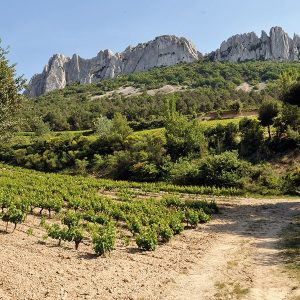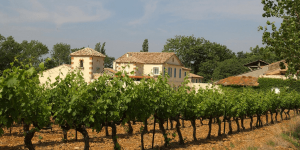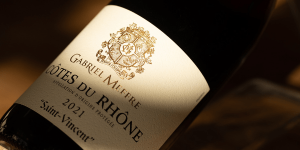Knowing your wine-or how to shine in society
On the plate and in the glass: how to avoid those faux pas
The pairing of food and wine is a subtle art form. While some dishes contribute absolutely nothing to wines, others can completely destroy the so-called organoleptic properties of your bottle.
This means you should keep precious hold of the vintage that you have lovingly stowed in your cellar rather than serve it with a dressed salad, a plate of raw vegetables, leeks, endives, spinach or artichokes. Especially if that wine is red–the experience will be even more disappointing as green veg and crudités have a tendency to accentuate the astringent qualities of the tannins resulting in a bitter-tasting wine. If you are about to tuck into a salad niçoise, for instance, accompany it with a Côtes de Provence rosé for a match of freshness and suavity made in heaven.
Fish or shellfish do not marry well with tannic red wines, the flesh of our marine friends giving off a metallic taste to tannins. And yet imagine the thrill you’ll get showing how a light, supple wine makes an excellent pairing with seafood.
Also worth knowing: never serve a dry white wine with a sweet dish, unless it is made entirely of fruit. The wine will tighten as it comes into contact with the sugar and will dominate the flavours of your dessert. To enhance your pudding (and not detract from it), we recommend a Muscat de Beaumes de Venise!
Serving temperature, an essential point!
Here it is simple: 12°C is the average temperature we recommend for serving white wines, and 14-16°C for red wines. But there are times when a quick ride in the car is enough to raise the temperature of the bottle you are planning to open. Here are more helpful tips for you to put into practice to wow your guests.
If you have a good hour before pouring your wine, wrap the bottle in a tea towel soaked in cold water and put it in the fridge: the best way to speed up the chilling process!
Your guests are arriving in under an hour? Worry not, simply fill an ice bucket half with cold water, half with ice cubes, and add a generous handful of salt: the sodium will bring the temperature down even more rapidly.
Want to know more about the art and etiquette of serving wine? Find all our advice in the article How to serve wine!
75 cl: said who?
Why are bottles 75cl in volume and not 1 litre? Well, this really is your moment of glory because very few people know the answer to this!
Standardised in the 19th century, the size of the wine bottle can be explained for both practical and historical reasons. In this period, the biggest consumers of French wine were the English. The unit of measure used by our dear neighbours across the Channel was not the litre, but the ‘imperial gallon’, equivalent to 4.54609 litres.
To simplify the conversion, the wine was exported in 225-litre barrels, or 50 gallons. To make the calculations even simpler when bottling the wine, the 225 litres in a barrel were divided up between 300 75-cl bottles.
And if you’ve been following, you will have worked out that one gallon is the equivalent of six bottles! Hence the still widely used practice of selling bottles in cases of six or 12.
Now it’s your turn to go and impress your friends with your wine ‘science’! And if you want to learn more, don’t forget that Gabriel Meffre is open all through summer with lots of activities on our summer programme.
The arrival of summer is the start of the silly season when our social calendar fills up and evenings spent with friends are aplenty. This often equates to many more occasions to imbibe wine which are also a dream opportunity to share everything you have gleaned on this most social of beverages.Read on for Gabriel Meffre’s top wine tips that will lift the veil on different aspects of the world of wine. Drop them into conversation at your next soirée and you will simply shine!
Rubrics
Découvrez plus d'articles...
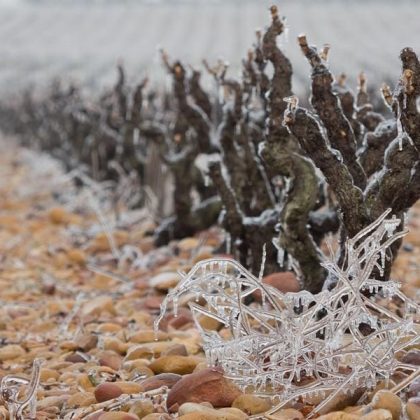
The vineyard and wine cellar in winter
What happens in the world of wine during the winter period? After the hustle and bustle of autumn, the harvests and vinification process, comes winter, a season devoted to maturation and looking after the vines.

In 2018, we will continue to strive to be a Responsible Company!
In this new year, our wish to help build a world that respects both mankind and the environment is as strong as ever. This can be seen through the number of our projects for 2018 that are closely related to our convictions as a Responsible Winery. We’re delighted to be given the opportunity to tell you about them!
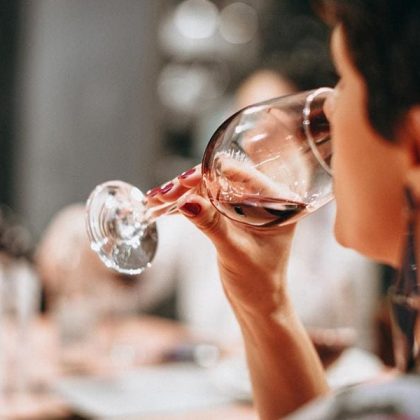
Discovering the art of pairing wine and chocolate
A morsel of white chocolate, Black Forest gâteau, pieces of stem ginger wrapped in chocolate, or Mexican chicken in chocolate sauce—all very appetising, but which wine would you serve with each one? Food and wine pairings factor in a combination of elements, such as the terroir, our powers of concentration, the circumstances of the tasting session, our sense memory and more. We guide you through some of the basic principles of this fascinating world!
